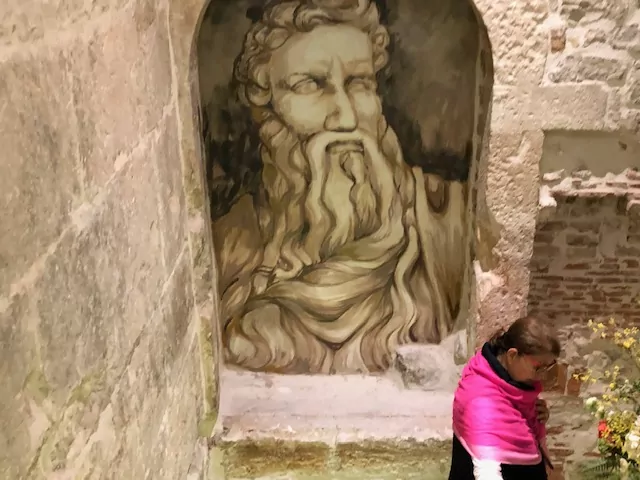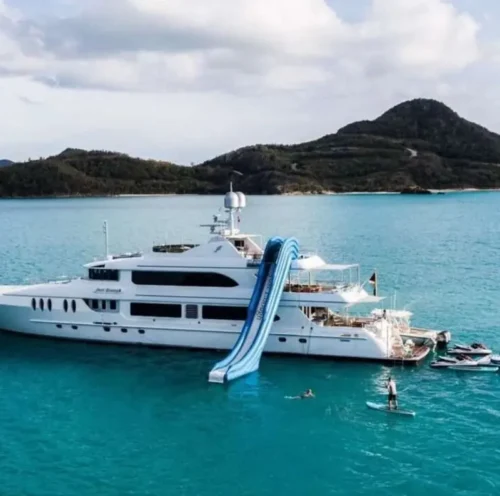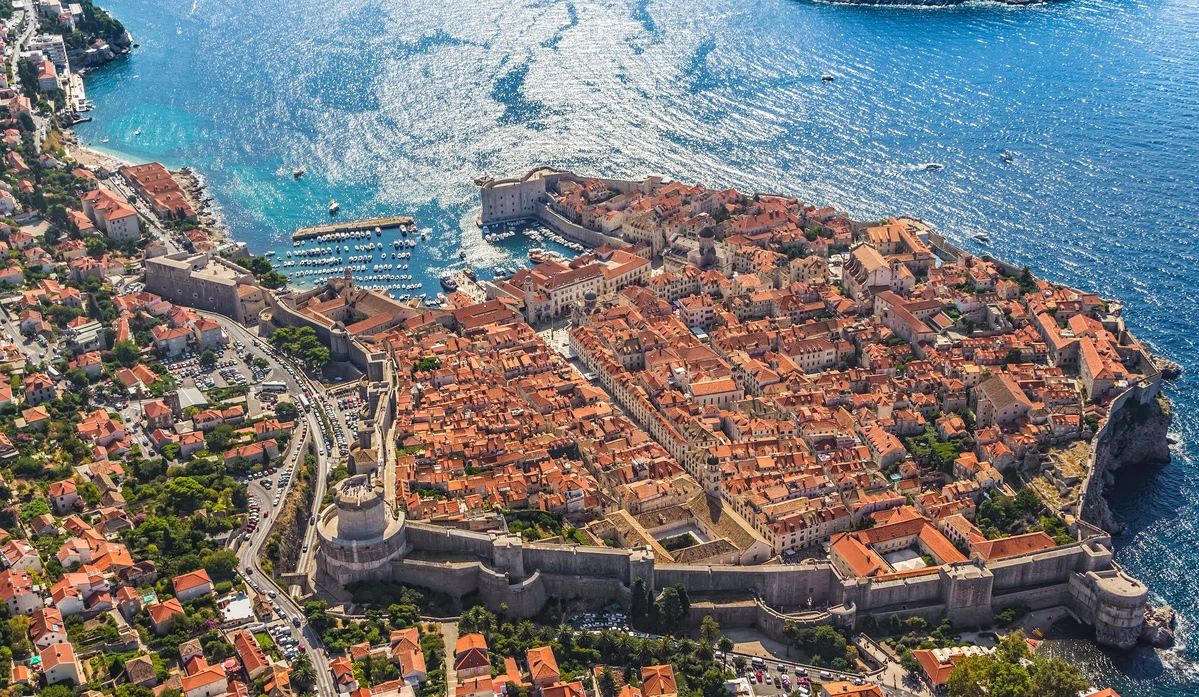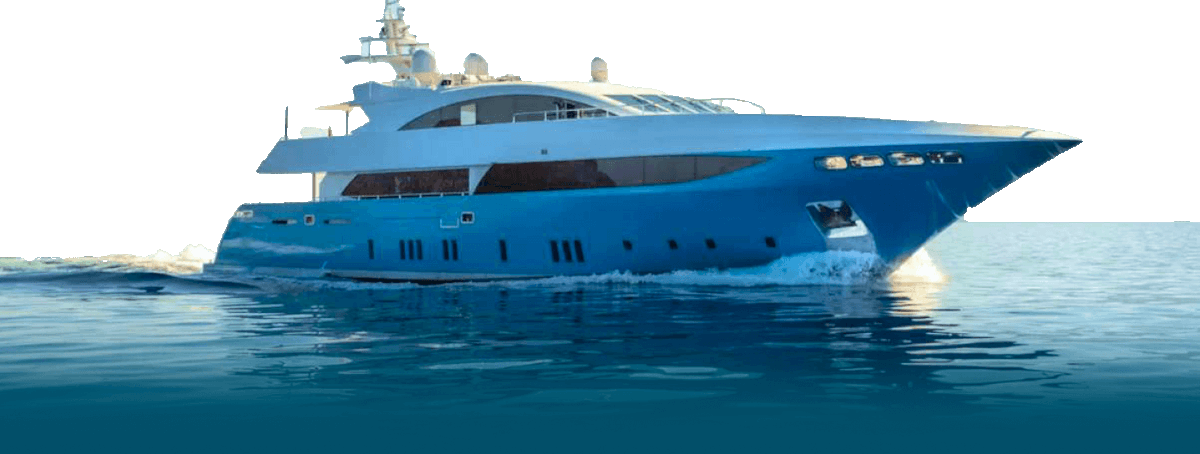Table of Contents
The Christmas season is a time for festivity and feasting. The days are short and the nights are long and cold. But in Croatia, that doesn’t stop people from going out to eat and drink after dark. Here we take a closer look at Croatian Christmas food and wine.

Advent
All the larger Croatian cities host beautifully lit Advent street markets. In Dubrovnik, this takes place on the stone-paved Stradun in the medieval-walled old town.
In Split, it’s on the seafront promenade in front of Diocletian’s Palace. And in Zagreb, festivities center on the main square and extend into side streets and parks. In addition, Split, Rijeka, Pula, and Zagreb set up outdoor ice rinks for skating.
With temperatures hovering around freezing, the drink of choice is hot spicy kuhano vino (mulled wine). Street stalls display big red wine pans, heated with honey or brown sugar, cinnamon, cloves, and sliced orange.
Alongside mulled wine, other stalls vend fritule. Warm bite-sized doughnuts are made from a simple dough, fried in oil, and sprinkled with sugar. Some cooks add raisins or candied orange peel, and some dust them with cinnamon.
Fortune originated in Venice during the Renaissance and then spread to Istria and Dalmatia. Now even in inland Croatia, they’re an Advent specialty.
Christmas Eve | Croatian Christmas Food and Wine
On Christmas Eve, Croatian families fast and avoid meat. Instead, especially in Dalmatia and Istria, they prepare delicious Bakalar (dried cod). The cod is soaked overnight, then slow-cooked with garlic, potato, olive oil, white wine, bay leaf, and parsley.
Why do people living by the Adriatic eat dried cod from the cold northern seas? The Adriatic Sea is abundant with sea bream, sea bass, and John Dory. Again, this is a story connected to the Venetian Empire.
In 1431, Venetian merchant Pietro Querini was ship-wrecked in the English Channel. His lifeboat eventually washed up on Norway’s Lofoten islands, inside the Arctic Circle. He stayed there for three months and became particularly partial to the local specialty, air-dried cod. On returning to Venice, he took a shipload with him.
It was a huge success; since then, Venice has imported dried cod from Norway. Its big advantage as a festive delicacy is that families can buy it and store it in advance. This way, if the winter weather on the Adriatic is rough, they will still eat fish on Christmas Eve.

Christmas Day | Croatian Christmas Food and Wine
Come Christmas Day, in inland Croatia, tables are laden with roast turkey, mlinci (homemade flatbread), and bottled wine. And a big bowl of Francuska salata, made from diced potato, carrot, peas, pickled cucumbers, hard-boiled egg, and mayonnaise. Typical Croatian Christmas food and wine – all very rich and indulgent.
On the other hand, on the coast, most families serve platters of sliced pršut (prosciutto), salamis, and cheeses. And the aforementioned Francuska salata. But the centerpiece is a massive pot of Balkan-inspired sarma. Examples of classic Croatian Christmas food are suckling pig, walnut, and poppy seed rolls.
Fermented cabbage leaves (sauerkraut) are stuffed with minced meat and rice and are slow-cooked in a casserole pot. They’re served with mashed potato, and if there are some leftovers, they’re even better the next day. In fact, sarma is so delicious, and as a result, many people make them for New Year too.
Christmas Yacht Charter in Croatia
Christmas in Croatia offers a unique and enchanting experience for those who choose to visit on a yacht during winter. Unlike the warmer months when the towns are crowded, Christmas offers a quieter and more intimate atmosphere.
One of the most delightful aspects of a winter yacht excursion in Croatia is the absence of crowds. You can relish the serene beauty of the Adriatic Sea, which takes on a different charm during the colder months. The tranquil waters provide the perfect backdrop for a peaceful and memorable holiday.
The winter season also opens up a plethora of activities for those with an adventurous spirit. Croatia’s proximity to the magnificent Adriatic mountains means that you can partake in thrilling winter sports.
One of the true highlights of celebrating Christmas in Croatia is the opportunity to immerse yourself in the rich local culture. As you explore the coastal towns and cities, you’ll witness the unique and heartwarming Croatian traditions associated with the holiday season. From vibrant Christmas markets to beautifully decorated streets, the country comes alive with festive cheer.
Your crew can even decorate your vessel to celebrate Christmas in style. Imagine your yacht adorned with twinkling lights, wreaths, and ornaments, creating a cozy and festive atmosphere on board. This personalized touch will make your Christmas on the Adriatic even more magical.



